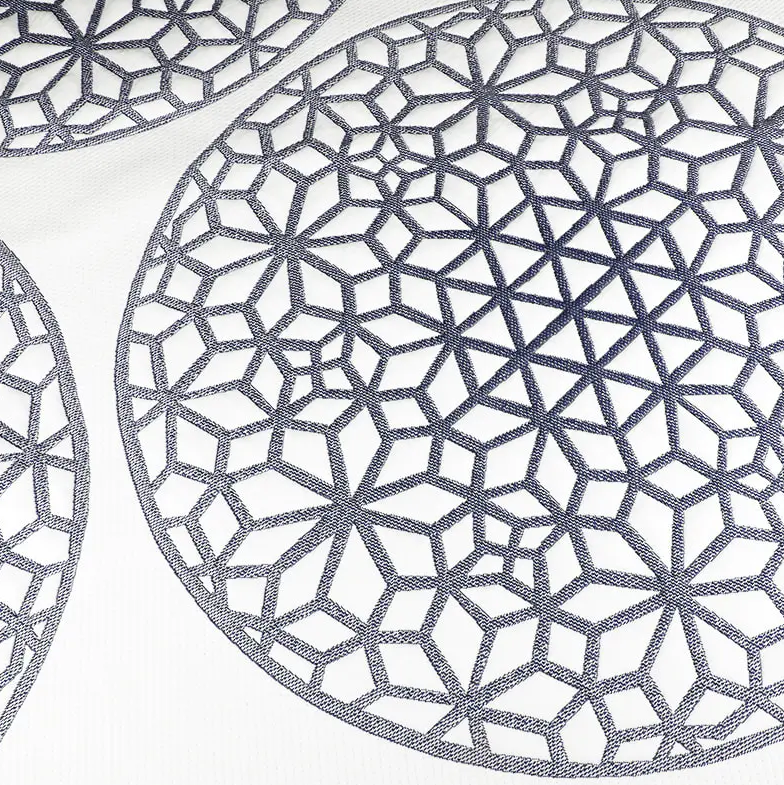Knitted mattress fabric is increasingly recognized for its ability to enhance sleep quality through pressure relief and body support. The stretchable nature of this fabric allows it to distribute weight evenly, reducing pressure points that can cause discomfort. This makes it particularly useful for individuals with joint pain or those who require extra cushioning while sleeping.
The structure of knitted mattress fabric plays a crucial role in its performance. The looped design creates a slight give, enabling the fabric to contour to the body without sagging. Unlike stiffer materials, knitted fabric moves with the sleeper, minimizing disturbances during the night. This adaptability is especially beneficial for combination sleepers who change positions frequently.
Another advantage of knitted mattress fabric is its hypoallergenic properties. The tight yet breathable weave helps prevent dust mites and allergens from accumulating, promoting a cleaner sleep environment. For people with allergies or respiratory sensitivities, this feature can make a significant difference in sleep quality. Some knitted fabrics are also treated with antimicrobial finishes to further enhance hygiene.
Moisture management is another area where knitted mattress fabric excels. The breathable structure allows air to flow freely, reducing sweat buildup. Some advanced knitted fabrics incorporate moisture-wicking technology, pulling perspiration away from the body and speeding up evaporation. This helps regulate temperature and keeps sleepers dry throughout the night.
While knitted mattress fabric offers numerous benefits, it is important to select the right type for specific mattress designs. Heavier mattresses may require reinforced knitted fabric to prevent excessive stretching, while lighter models can utilize softer, more elastic variations. Manufacturers must balance flexibility with support to ensure long-term durability.
As sleep science advances, knitted mattress fabric is expected to play an even larger role in bedding innovation. Its ability to improve pressure relief, breathability, and hygiene makes it a strong contender in the quest for better sleep solutions. Continued research in textile engineering will likely expand its applications in the future.
